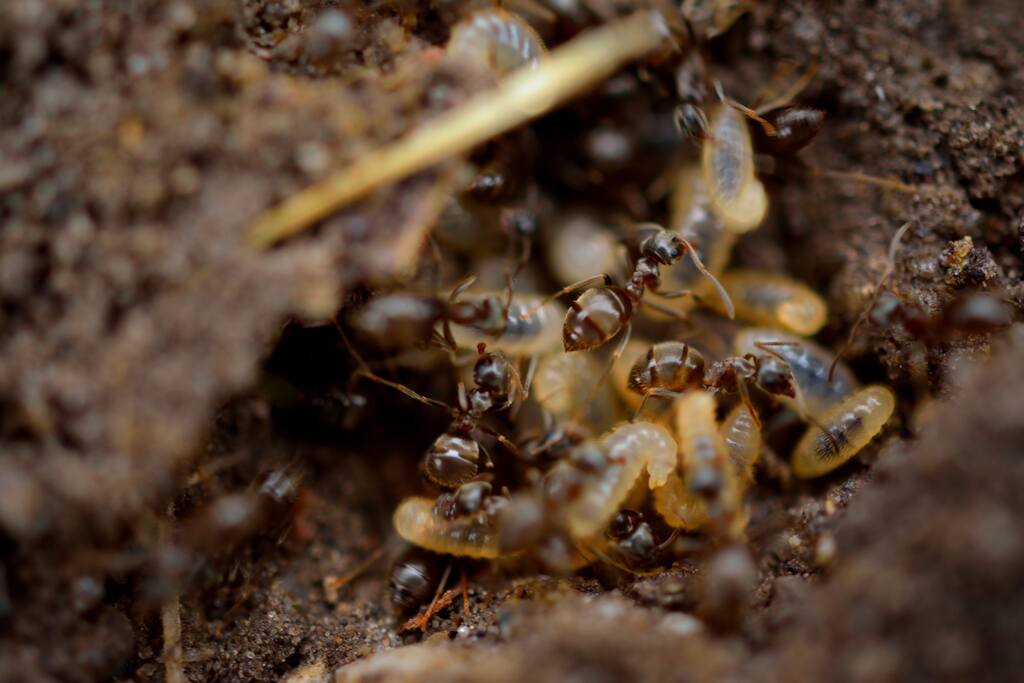Whether you’re a new homeowner or have been living in your house for years, there are always opportunities to make your home safer and more secure. Renovating your home for safety is essential, as your home is where you spend most of your time, and it is where you and your family should feel safe and comfortable.
In this article, we’ll discuss some tips that you can follow to create a home that’s safe and secure. We’ll also share some information about termite damage and whether it’s covered by insurance.
The Importance of Home Safety
Your home is your sanctuary, and it’s where you should feel the most secure. Unfortunately, accidents and injuries can happen, and that’s why it’s crucial to take steps to make your home as safe as possible. Renovating your home for safety can help reduce the risk of accidents and injuries, and it can also increase the value of your property.
Some significant risks in the home include falls, burns, and poisoning. Falls are particularly common, and they can result in serious injuries, such as broken bones, head injuries, and even death. Luckily, there are several steps you can take to minimize the risk of falls in your home.
Reducing the Risk of Falls
Falls are a significant risk in the home, but there are several steps you can take to minimize the risk of falls. First, make sure that your stairs are in good condition and have sturdy handrails. Stairs that are uneven or have loose handrails can be hazardous.
You should also ensure that your floors are slip-resistant. If you have hardwood or tile floors, consider adding area rugs or nonskid mats to reduce the risk of slips. Additionally, make sure that all of your walkways are well-lit and free of clutter.
To enhance safety, consider installing grab bars in bathrooms and near stairs to provide extra support. Regularly inspect and maintain your home’s outdoor areas, such as driveways and sidewalks, to prevent tripping hazards caused by cracks or uneven surfaces.
Preventing Burns
Burns are another risk in the home, especially in the kitchen and bathroom. To prevent burns, make sure that you have working smoke detectors in your home, as they can alert you to potential fire hazards early on. It’s essential to test smoke detectors regularly and replace their batteries as needed.
You should also set your water heater to no more than 120 degrees Fahrenheit to reduce the risk of scalding accidents, especially for young children and the elderly who may have more sensitive skin. Consider installing anti-scald devices on faucets and showerheads to regulate water temperature and prevent accidental burns.
Additionally, make sure that you have fire extinguishers in your home and that everyone knows how to use them. Place fire extinguishers in easily accessible locations, such as the kitchen, and near fire-prone areas like the garage or workshop. It’s also essential to keep flammable items away from heat sources, such as stovetops and heaters, and never leave cooking unattended.
Reducing the Risk of Poisoning
Poisoning is another risk in the home, especially for children. To reduce the risk of poisoning, keep all medications and cleaning products out of reach of children. You should also make sure that you have carbon monoxide detectors in your home, as carbon monoxide can be deadly.
Termite Damage and Insurance Coverage
Termites can cause significant damage to your home, so it’s essential to address the issue as soon as possible. Many homeowners wonder – Is termite damage covered by insurance? Unfortunately, termite damage is typically not covered by homeowner’s insurance policies. Most insurance policies exclude damage caused by pests, rodents, and other animals, including termites.
However, insurance policies may cover termite damage if it’s caused by a covered event, such as storm damage. It’s also possible to purchase add-on coverage for pests and rodents, including termites. It’s essential to review your policy carefully to understand what is and isn’t covered.
Tips for Preventing Termite Damage
The best way to avoid the costs and hassle of termite damage is to take steps to prevent termites from entering your home. Some tips for avoiding termite damage include:
- Keep wood piles away from your home’s exterior.
- Trim trees and bushes away from your home’s exterior.
- Seal cracks and gaps in your home’s foundation, walls, and roof.
- Fix leaky pipes and faucets to reduce moisture levels.
- Use termite-resistant materials, such as pressure-treated wood.
Conclusion
Renovating your home for safety is essential, and there are several steps you can take to minimize the risks of accidents and injuries. Falls, burns, and poisoning are significant risks in the home, but there are several preventative measures you can take to avoid them.
While termite damage is typically not covered by homeowner’s insurance policies, there are several steps you can take to prevent termites from entering your home. By following these tips and taking steps to make your home safe and secure, you can enjoy your property with peace of mind.
Recommended Posts:















